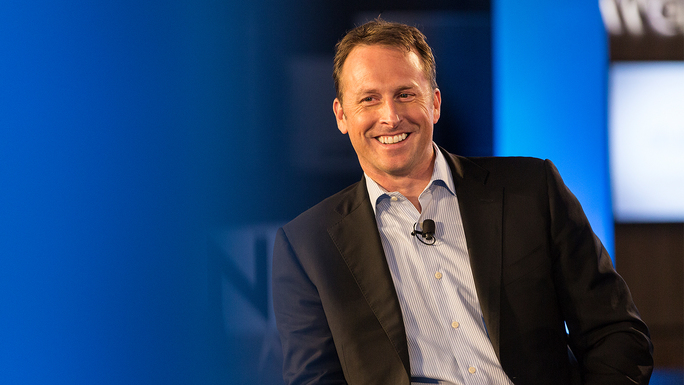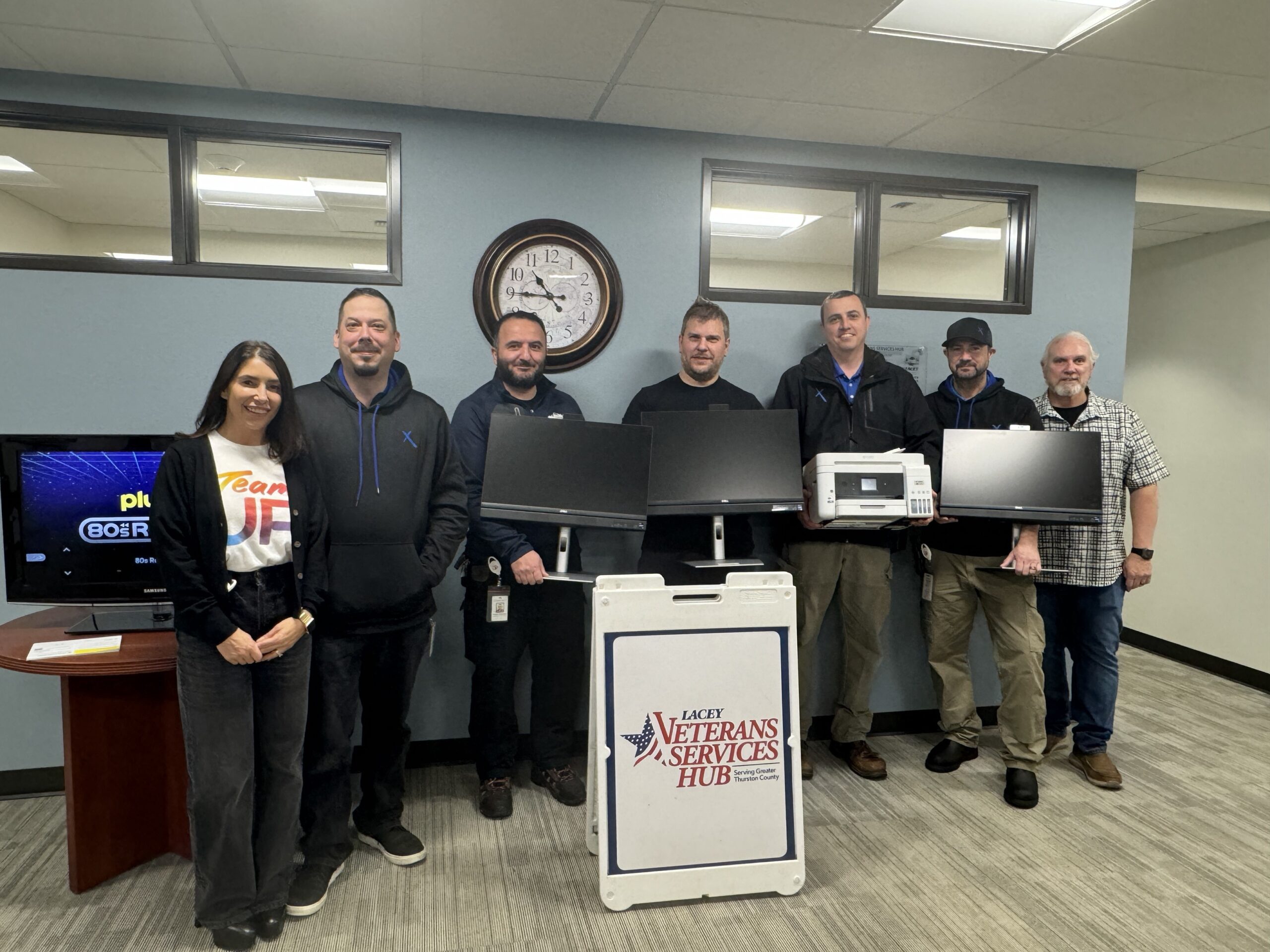At Comcast, we’re passionate about striving to provide the best experience for customers. The chief customer experience officer is a University of Washington graduate named Charlie Herrin who works from the company’s Philadelphia headquarters.
Charlie was interviewed recently by a Puget Sound blogger, Jeanne Bliss, who is one of the nation’s experts in the nitty gritty of how companies approach improving customer experience.
Jeanne described the interview in her post here. But to get the full benefit of the time Charlie and Jeanne spent together, you can find the entire podcast on her site. Charlie offers an illuminating and candid look into into Comcast’s journey toward improving customer experience year by year of the journey so far.
Charlie said his new role began with the company when he spoke out about something he observed about the customer experience. He told Jeanne, “I was not pleased that we had an error message on the screen for (our then-)new X1 product that said to call the call center; my point being is that the product is two-way. We know why the error was thrown; it really should be, “We’ve seen the error. We’re working on it. We’ll let you know when it’s fixed.’”
He was then asked to take this approach throughout the company.
Here are some quotes that jumped out to us during the discussion as Charlie continued to talk about how he made the transition from leading the development of the X1 video product to leading the charge for better customer experience throughout Comcast:
As a product developer, “We were already looking at what’s the relationship between your TV and your internet and your Xfinity Home security product, how do those all relate? (The customer) is really signing up for an Xfinity relationship…We’ve got great products, and we’re working so hard on them. We’ve got to make sure that we’ve got care and feeding on what I call the shoulders, the beginning of the product, and if you have any issues..We’ve got to make sure that’s a holistic thing for the customer.”
“Customers more and more need to be able to discover the products on their own, but also take care of any issues and settings and configurations that come up.”
“(We wanted) to make sure we were putting the customer at the center of our business decisions and our product decisions. We had seen some of the possibilities by building and launching X1, which is a really, really customer centric-product.”
“The first year, the larger goal was to make sure that we were culturally pointed towards customer experience as just as important as … revenue or sales or any other major component of our business.”
“We succeeded. We really changed the conversation of the company, and added this extra flavor, an extra layer, of customer experience into all the discussions that we’re having. Twelve months into it, there were conversations happening without any of my team in there; you’d walk by a conference room and you’d see customer experience (as a topic), and people mapping things out.”
“We understand this is a long journey. Customers have long memories. The products we have in their home are not simple products. And everyone’s homes are a little different. So it’s complex. But we’re confident we can get some of our self-healing, self-service and training to a place where that’s going to continue to get better.”
“We know we have a lot of work to do. But we’ve seen the tone change.”




